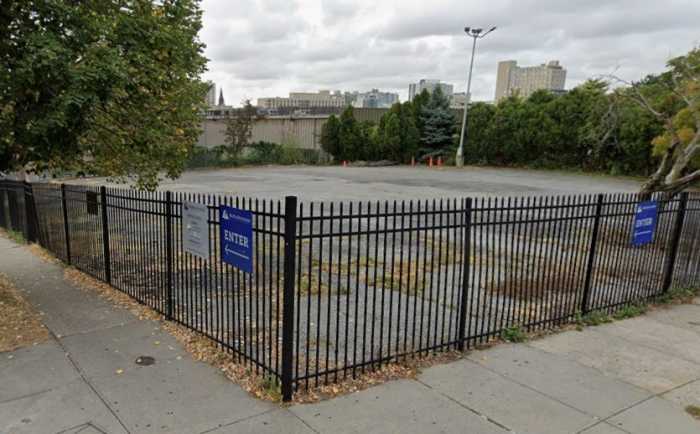Mass transit agencies worldwide are wrestling with fare evasion. Faced with increasing costs and declining revenue, fare evasion represents a significant threat to public transit. If too many riders stop paying for the service, there won’t be enough resources to effectively provide that service much longer. If left unaddressed, fare evasion can slow down and complicate the traveling experience while decreasing the system’s security.
Jumping a turnstile isn’t a small problem. In New York City, the MTA estimates annual losses of approximately $690 million due to fare evasion. That’s two or even three times the total annual operating revenue of transportation authorities at some other large cities in the U.S.
A quick search of news coverage will show that agencies across the country are considering or adopting a range of strategies to combat the problem. Ideas include adding increased enforcement measures, requiring riders to tap transit cards as they exit stations, modernizing outdated infrastructure, and more. Here in New York, the MTA is smartly tackling the issue with a holistic approach, exemplified by its recent announcement highlighting important steps like fare discounts, additional enforcement, and the installation of new, modern turnstiles.
While there may be no single magic bullet to stop fare evasion, a focus on technology and data-driven solutions is critical to deliver effective, quantifiable results.
That’s why many major cities and transit agencies, including the MTA, are also taking steps to modernize fare control systems with next-generation fare gates. Many existing gate technologies have critical vulnerabilities that enable fare jumpers and struggle to distinguish between adults, children, strollers, baggage, and objects such as wheelchairs and mobility aids. These challenges make it difficult to detect fare evasion and keep riders moving.
In Philadelphia, for example, SEPTA recently expanded a pilot program using a new 3D gate solution. The gates, which are ADA-compliant and adaptable to meet a range of needs, are designed to detect, deter, and quantify fare evasion, all while offering both SEPTA and riders increased security and convenience. At one station where new gates were installed in April, coupled with police efforts to deter evasion, SEPTA projects an increase of $300,000 in annual sales revenue.
In Washington, D.C., the metro system introduced new fare gates that have led to a 70 percent reduction in fare evasion at those stations. And in Paris, approximately 1,200 new gates were installed by Transilien SNCF, the French suburban rail network authority, which saw revenue jump significantly following implementation.
As the MTA evaluates options for new fare gates, the key will be to leverage data-driven insights to combat the problem. New technologies that best utilize data can help ensure secure, fast, and controlled entry while reducing fare evasion. For riders, the solution helps ensure easier, faster journeys. For transit authorities, sensor-based mechanisms and monitoring systems can provide real-time feedback – with access to data and enforcement opportunities to learn when and where fare evasion occurs. This new technology can also promote equity by ensuring that each passenger pays his or her share.
The era of traditional turnstiles is behind us, and technology is advancing every day. The introduction of new 3D precision counting and monitoring technology, which is 25 times more accurate than existing 2D detectors, is a game-changer. This technology tracks passengers from gate approach to gate exit, accurately distinguishing between adults and children, and counting baggage, objects, and groups of people accordingly. This can not only enhance security but also improve the overall passenger experience, making public transit more efficient and user-friendly.
During high-traffic periods, gates can alternate from anti-fraud mode to open-flow mode, helping to ease and streamline passenger flow. Cutting-edge gate designs can be configured on a case-by-case basis to meet the specific needs of a transit system, including aisle width, door design, signage, and other elements.
New and available fare gate technology can help deter, detect, and quantify fare evasion while streamlining operations. By combining this new technology with enhanced data monitoring systems, public transit authorities can improve accessibility, increase accuracy, and optimize passenger flow and safety, all while maximizing revenues. As a result, transit systems can provide a better and more satisfying customer experience for their passengers.
Adam Appleby is Group President, Public Sector Solutions at Conduent, a technology-driven business services corporation.










